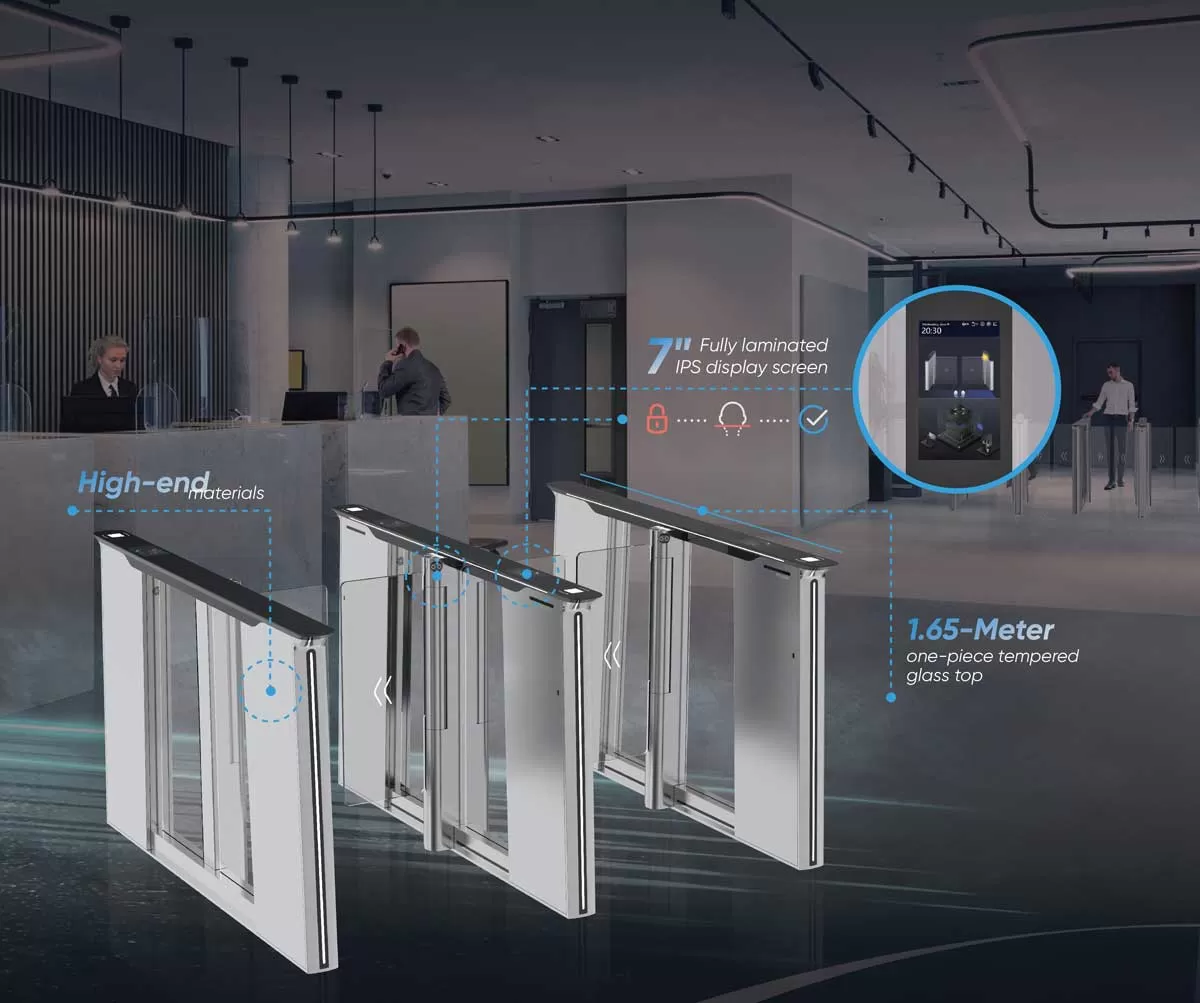Government programmes, growing disposable income of consumers and the infra boom have accelerated demand for flooring in India.The Indian tiles industry is growing and the product portfolio widening with the addition of newer varieties of wall, floor and vitrified tiles. “This transition is owing to increasing demand for value-added products and a better lifestyle,” says Kamlesh Patel, Chairman and Managing Director, Asian Granito India (AGL). “The launch of specialised tiles based on the area of application, competitive pricing, exposure to global living standards and rising disposable incomes with technological advancements have accelerated the shift towards advanced flooring options.”What’s advancing?Technologically advanced flooring products are a boon as they offer a wide variety of choices in materials, designs, colours, finishes, and sizes. As Amit Shah, Managing Director, Classic Marble Company (CMC), says, “Engineered marble is not only visually gratifying but also extremely tough, making it suitable for all kinds of flooring applications.”Conventional flooring is permanent, long term and has few design options. However, Mukesh Savlani, CEO, Welspun Flooring, says, “Because of recent technological developments in manufacturing surface materials, new-age flooring like stone polymer composite tiles has been well-accepted by global customers as it is lightweight, easy-to-install and replace, easy to maintain and customisable easily in terms of design.”Alok Agarwal, CMO, Orient Bell, too, points to the continuous technological development in conventional flooring. “We all have flooring at home and do not want to uproot it before putting a tile. For those who want superior strength and design while still keeping the tile affordable, we have the Valencica series.”Consumer preferencesConsumers are constantly looking for new and innovative materials to enhance the look of interiors. “The products available these days are not just high on aesthetics but longer-lasting,” informs Priyanka Mehra, Principal Architect, PS Design. “Technological advancements mean ceramic and vinyl tiles can no longer be distinguished from their real wood counterparts. Not just soft and warm to touch, these new sophisticated fakes are also more durable and easier to maintain than wood. 3D epoxy floors create a stunning visual effect as any image can be printed on the floor. Earlier used only in factories, these are now extensively being used in restaurants, offices, malls and even homes.”Meanwhile, Yashank Wason, Business Head, AlphaCorp Design Studios, says marble is associated with style and opulence – it is available in a variety of colours and is highly absorbent and easy to maintain. “Because of its natural occurrence and limited availability, it is priced steeply and, hence, serves as a sort of status symbol for many Indian households,” he adds. Laminate flooring has had a huge surge in popularity in the past few years, while brick flooring is widely popular on account of its extraordinary strength, fire-resistance and extensive durability. Also, engineered vinyl flooring and hardwood flooring imitating the look of stone and wood, respectively, will continue to dominate the hard surface flooring industry. According to Patel, “The most preferred forms of floor tiles in India are marble, stone and wood finishes. They are increasingly used for home décor in kitchens and bathrooms. A natural look is the preferred form of tile appearance, which has become common thanks to high-resolution printing technology. With changing times, demand for shiny materials is decreasing and preference for matte and rustic finishes is on a steady rise.”Another trending product is the hi-tech, large-format porcelain slab, says Shah. “Many architects are now exploring ideas to incorporate large-format porcelain slabs in commercial projects because of their high resistance to wear and tear.”And Agarwal weighs in, saying, “People have no issues in being bold in their taste, such as for darker marble, bold colours or using marble on the wall. In fact, we have launched a fusion series that combines different trends catering to this segment. Ceramics and double charge are supposedly the steady traditional tiles and have continued to stay that way, while 3D epoxy or engineered hardwood continues to be niche.”What’s new?The residential and commercial sectors continue to drive the flooring market, followed by hospitality. The residential segment is growing at a considerable rate owing to new townships, while the commercial segment is showing positive growth because of multinationals entering Tier-I and Tier-II cities, a rise in SMEs and an increase in project scales. And, the hospitality sector is seeing a rise owing to increased recreational and medical tourism. Shah shares that terrazzo designs are trending in the residential segment. “Terrazzo engineered marble has captured the imagination of the architectural world for its retro look and contemporary design, while travertine in the natural stone category and large-size porcelain slabs are preferred choices in commercial luxury projects.” KalingaStone quartz and large porcelain slabs are preferred for industrial flooring as they are extremely tough and resistant to wear and tear. As for retail, engineered marble and natural stones including marble, exotic granite and travertine are popular choices, while exotic granite and marble remain the first choice for many luxury hotels.Joining the bandwagon is Welspun with its Click-N-Lock Tiles, Carpet Tiles and Greens for the residential, commercial and retail sectors, and Wall-to-Wall Carpets for hospitality. AGL offers an exhaustive range of tiles for floors and walls. “Wooden porcelain and GVT tiles are among the most exciting trends in ceramic floor tiles,” says Patel. “Also, large-format floor tile options, replicating Italian marble designs, are in vogue for their aesthetic appeal. Nano technology is used in the tile industry to manufacture tiles with increased sheen, colour and greater stain-resistance, while high-definition digital printing technology enables the creation of a diverse variety of designs and shades on any tile surface with 300 DPI resolution, resulting in finer and natural textual patterns.” Besides, the company has recently launched MarbleX, Eco Blanco and TAC Tiles. MarbleX is an ideal wall and floor solution and an ideal choice for facades. While Eco Blanco has a good SRI, making it an optimal flooring solution for roofs, TAC Tile is a range of floor tiles to assist the visually impaired. Advanced researchFor any business to survive and grow, it has to be aware of trends and innovations.CMC has a team of experts to bring novelty into its product. “CMC is India’s first company to introduce Process 360, an innovative technology that puts every marble slab through rigorous treatment to achieve unmatched strength and durability,” says Shah.After careful examination of the market and pilot-testing products with consumers, Welspun has realised that Indian consumers are different from global ones. “For example, Indians have a habit of washing their floors with water compared to vacuuming,” explains Savlani. “Naturally, to develop products that suit both the Indian consumer and geographic conditions, the role of R&D becomes the most important. Thus, we have invested around Rs.12 billion towards our Chandanvelly factory in Hyderabad.” AGL, too, has invested a sizable amount in R&D, product innovation and energy conservation, which has resulted in the introduction of many firsts in the tile industry, such as the 450 x 450 outdoor tile with 12-mm thickness, Slimgres tiles, online vitrified technology, the world’s whitest double-charge vitrified tiles Carrara White, and more. Challenge of the unorganised The industry unanimously agrees that the unorganised market occupies nearly 50 per cent of market share in India. And, in the past four to five years, the big brands have not been able to increase their share against the unorganised market. Also, the flooring market has always been price-sensitive. “This is because the offerings are similar with no novelty,” reasons Savlani. “And, the process of getting a new floor is also filled with confusion with many intermediate agents like contractors, dealers, labourers, etc. Because of a lot of unorganised players, the flooring market is not completely brand-conscious and brand switching is high.” That said, a noticeable transition is taking place from the unorganised to the organised sector. “This transition is owing to multiple factors such as the complete ban on coal gasifiers in Morbi and shift on gas, GST and increasing demand for value-added products,” confirms Patel. “These government policies will impel unorganised players to shift towards the organised market. This will reduce pricing pressure going ahead on organised players, resulting in healthy competition and a level playing field.”Bright future Government flagship programmes, including smart cities and Housing for All, and large townships being developed by private builders are indicators that the building materials industry will continue to prosper. As Salvani observes, this, coupled with growing disposable income, consumer expenditure on better quality and aesthetically appealing products, and the booming rate of urbanisation and infrastructure development, has created significant momentum in demand for flooring in India.Need of the hour: Better flooring service The type of flooring mainly depends on the nature of the project or space. According to Priyanka Mehra, Principal Architect, PS Design, “While a residential project can afford to have a high-maintenance floor, a commercial space needs durability. A bathroom or terrace should always have a non-slippery floor as the floor will be wet; however, indoors, you can have a high-shine one. Also, budgets have a significant role to play in the choice of flooring.” Krishn Katyal, Engineer Trainee, Brigade Enterprises, says “Public areas have vitrified tiles for budget hotels, while rooms have carpets as they are less expensive, easy to maintain and easy to refurbish. It should be value for money.” And, Vivek Rathore, Principal Architect, Salient Design Studio, believes innovation is still low. “The customised options are boutique in operations, making them expensive and catering to a small quantity. Innovations with natural products or stone and with sustainable resources or materials are more in demand and should be explored. We need to invest in green flooring solutions. These have huge potential and may be the only ones in demand within the next five to 10 years.”Maintenance services, especially for wooden and real marble floors, are a must owing to the need for periodic polishing and maintenance, points out Mehra, and Katyal urges manufacturing companies to supervise the installation of wooden flooring. That apart, other value-added services, such as better manuals and samples, specific partners to provide AMCs for installed products and technical guidance of local manpower for application and maintenance, are needed, says Rathore.

















